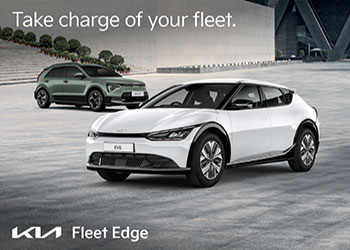Delivery giant UPS adapts fleet to save fuel and cut emissions
US supply chain UPS is adapting 50 vehicles with a range of emission-saving technologies, retrofitting vans in a “Rolling Laboratory” project that has already seen it recognised by the EPA.
The iconic Freightliner MT-55 vans are being fitting with energy recovery systems that capture waste energy and use it to power the vehicle. The driveline system made by Lighting Hybrid in Colorado, captures energy through a hydraulic pump and accumulator from braking forces, and uses that captured energy to send torque to the rear wheels.
UPS is constantly updating its fleets with alternative-fuel engines and technology such as all-electric, hybrid, compressed natural gas (CNG), propane, and even lightweight composite body materials for additional weight and fuel savings. Its “Rolling Laboratory” program saw the business earn the SmartWay Excellence award, along with 53 others. UPS operates one of the largest alternative fleets in the United States with over 7200 vehicles clocking over a billion miles in August, 2016, investing $750 million since 2009.
Lightning Hybrid only operate in the US and the UK.
EPA Director of Transportation & Air Quality Christopher Grundler said in a UPS statement that the award shows that productivity doesn’t need to suffer because of environmental targets.
“We all depend on the freight sector,” he said, “these award-winning SmartWay carriers have demonstrated that it is possible to compete in this space while placing an emphasis on environmental integrity, allowing for reduced fuel costs which increase revenue while also lowering greenhouse gas emissions.”
UPS CEO and Chairman David Abney says it’s a big effort, part of a legacy that goes back longer than one might think.
“We had a big sustainability goal as we set out to make the most of our rolling laboratory by driving 1 billion clean mile in alternative fuel vehicles,” he said, “the equivalent of well over 4000 trips to the moon.”
“This goal is new, but our committment to seeing out alternative fuels actually dates back to the 1930s when UPS tested electric vehicles. With more than 100,000 drivers logging more than three billion miles per year, our future depends on our ability to meet the growing demand for global trade while reducing our impact on the environment.”











